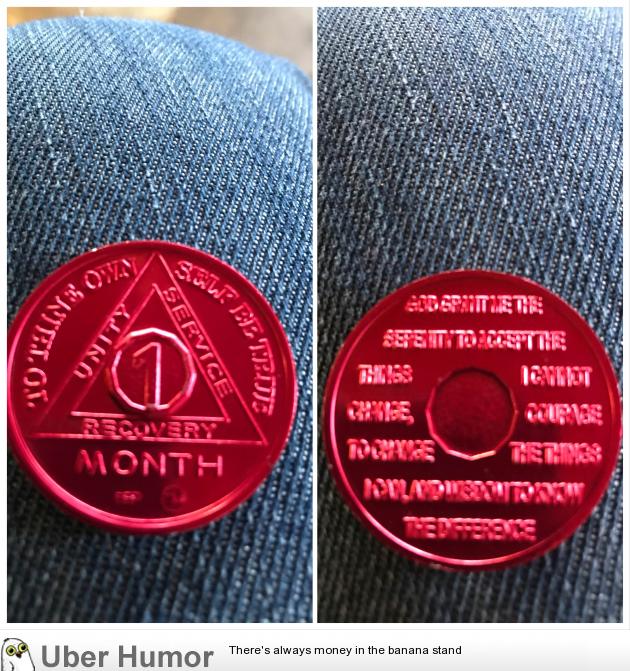

Freud struggled for the next 12 years to break his cocaine habit. He overlooked a major downside to cocaine: addiction. In 1884, at the age of 28, Freud wrote a paper titled “Uber Coca,” which he described as a “song of praise to this magical substance.” Early in his career, he began to experiment with the drug. Sigmund Freud, the Austrian neurologist who founded the field of psychoanalysis, was fascinated with cocaine. Enthusiasm for anesthetic cocaine quickly waned in the medical community, however, as the number of patients dying of accidental overdoses during surgery soared.

Pharmaceutical companies soon began marketing cocaine. As a result, most cataract patients endured excruciating pain.Īfter soaking the eye in a cocaine solution, Koller found that patients no longer flinched when the scalpel touched their eye. More than two decades later, Austrian ophthalmologist Carl Koller experimented with cocaine as a surgical anesthetic because cataract surgery was typically performed without anesthesia at the time.Įther and chloroform couldn’t be used because they made patients vomit-an obvious problem when performing delicate eye surgery. Advertisements claimed the popular drink could “restore health and vitality.” He noticed that the powdery white substance made his tongue feel numb.Īround the same time, French chemist Angelo Mariani concocted a tonic made from Bordeaux wine and coca leaves. German chemist Albert Nieman isolated cocaine from coca leaves in 1860. Ultimately, it wasn’t banned, but restrictions were put on the amount of land used for coca cultivation. In 1551, Catholic bishops urged the Peruvian government to prohibit the use of coca. The Catholic Church in colonial South America saw use of the coca leaf as undermining the spread of Christianity.

Coca leaf was also included in Inca cultural and religious ceremonies. Botanists think its cultivation may have started in the Amazon Rainforest and spread to the Andes Mountains.īecause users felt an exhilarating sensation and an increase in energy, the indigenous people of South America have chewed the coca leaf for centuries. The coca plant is one of the oldest cultivated plants in South America.


 0 kommentar(er)
0 kommentar(er)
